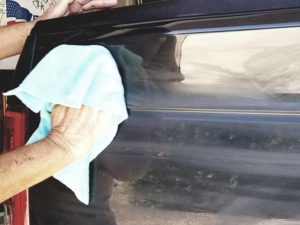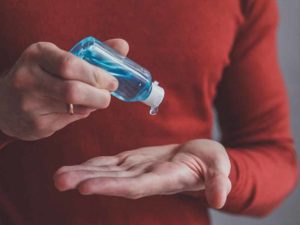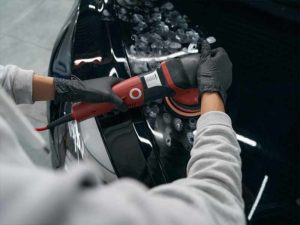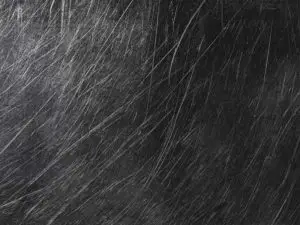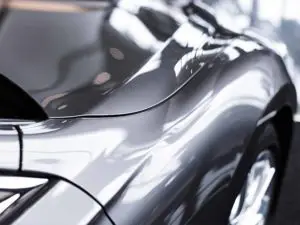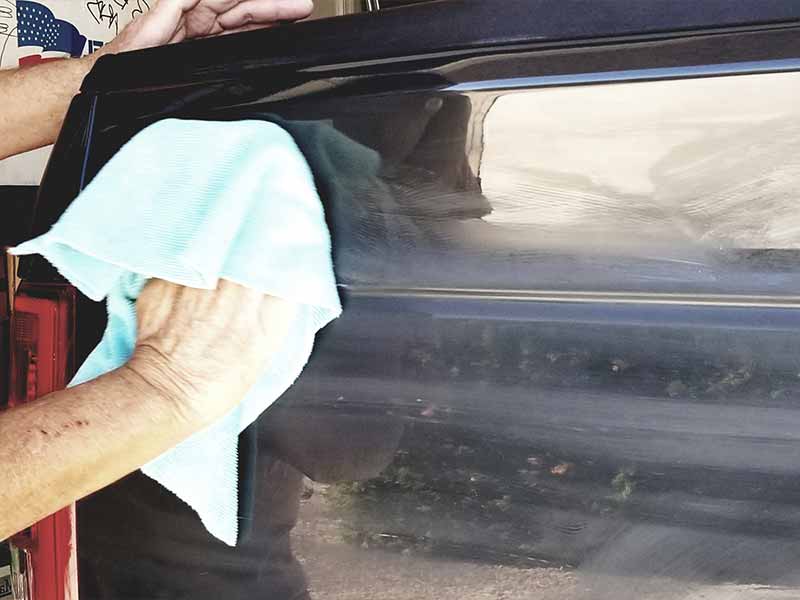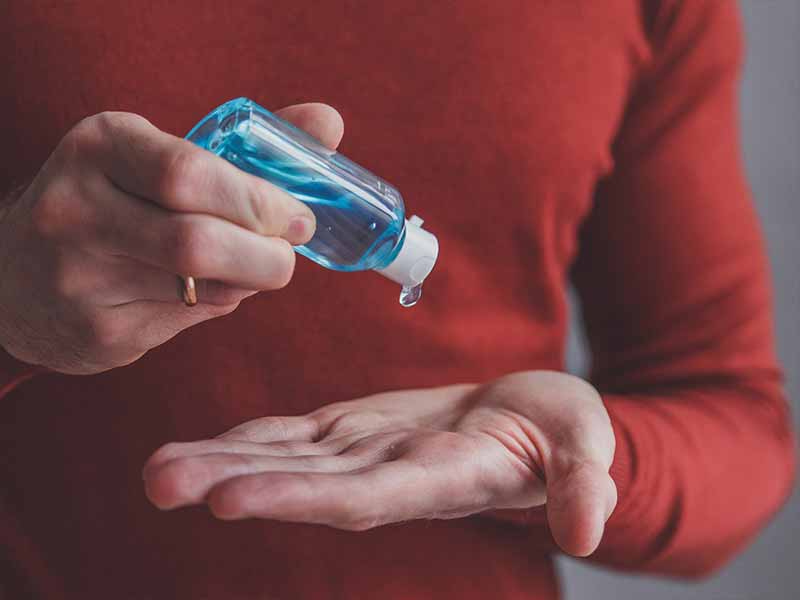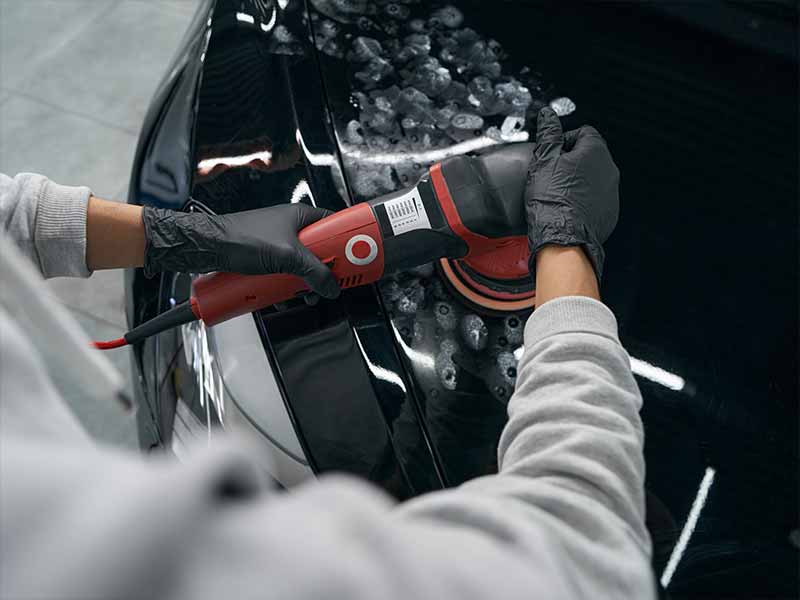Table of Contents
Clay bars are supposed to make your car’s topcoat healthier. However, it’s very common for users to report marring on their car after using a clay bar. This is a very real phenomenon, but it’s avoidable.
We’re going to discuss the truth behind clay bar marring. Our pros will describe how clay bars work, why marring happens in the first place, and some easy ways to avoid it in the future.
Clay Bar Marring
Clay bar marring is light paint damage that is caused during the use of a clay bar.
Usually this is the result of not using enough lubrication, too much pressure on the clay bar itself, not thoroughly washing the vehicle first, or failing to keep your clay bar kneaded and clean.
Can a Clay Bar Mar Your Car?
After going across your car, the clay could be covered in particles that used to be stuck in your topcoat. These contaminants are much tougher than your topcoat, and that’s how they got lodged in the first place.
There is a common issue where clay bars wind up marring the car. It happens largely through user error, but you might not notice that it’s happening until it’s too late.
The marring usually presents itself as scratches across your vehicle. Hopefully, the scratches are pretty shallow so you can fix them quickly. If not, it could be a very costly mistake.
Even though clay bars are very aggressive, they require a great deal of care. Doing the wrong thing will damage your car.
With proper use, a clay bar will not mar your car. It only happens when something is used incorrectly.
Clay Bar Before & After
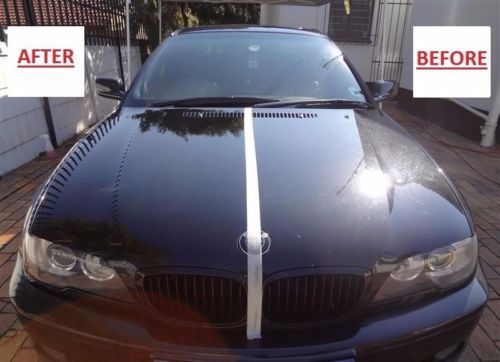
Tips to Avoid Clay Bar Marring
The easiest way to avoid marring your car with a clay bar is to consider the following tips. We still suggest that you use a clay bar annually to give your car a deep clean (in other words, don’t avoid claying just because it could mar your car).
Don’t Push Too Hard
The biggest mistake you can make is to push too hard. When you do this, you’re effectively keying your car.
Remember, the contaminants are stuck inside of your clay bar. As you push really hard, you’re pressing the contaminants directly against your topcoat. While you press the clay bar across your car, you’re dragging these hard particles against your topcoat.
Let the Clay Bar Do the Work
Clay bars are engineered in a very specific manner. They will pick up contaminants by default simply by getting dragged against your topcoat. There’s no need to do anything special or push hard.
It’s a lot like a dual-action polisher. The polisher does the work for you, you don’t need to apply a ton of pressure.
With a clay bar, don’t fight it. If it feels like it’s stuck, then it might be a lubrication issue or you’re handling the bar incorrectly.
However, you should definitely feel some pushback as you go across your car — especially the first time claying in a while. We’re not suggesting that you never push, just that you need to be very mindful of how you handle the clay bar.
Keep the Bar Clean
There should always be a clean face of clay that you’re using. If you go too long without folding the bar over itself, you’re just dragging all the contaminants across your car.
It’s the same reason why you need to swap out towels and polishing pads during your detailing projects. When the surface gets too dirty, that dirt is just going to scrape against your vulnerable topcoat.
Keeping the bar clean is easy. When you notice that the cleaning surface is getting discolored, take a step away from the car. Take the clay and fold it in half a few times. Knead the clay and flatten it out again.
Now, take a look at the clay. Do you have a clean surface to use? If not, try folding it and kneading it some more.
If you can’t seem to produce a clean surface no matter how much you knead it, then it’s time for a new piece. Throw this piece away and take another chunk from the big clay bar.
There’s no saying how often you should do this because it depends on your vehicle and how much contamination there is. However, it’s very common to go through multiple pieces of clay in a single claying session.
Use Straight Lines
When it comes to cleaning, there’s this very enticing urge to clean in circles. It makes sense — when you clean your home, you’re always making little circles with the towel.
With clay bars, you need to focus on rubbing in straight lines. When you rub in circles, you will be scraping the particles against your topcoat.
When you stick to just one direction, all the contaminants will be flat in that direction. Imagine an arrowhead laying on its side. As long as you move in the flat direction of the arrowhead, it won’t stab anything. When you start making circles, there’s no saying how much damage that arrowhead can do.
The contaminants in your clay bar are acting in a very similar manner.
For reference, it doesn’t matter if you choose to go up-and-down or side-to-side, just as long as you stick with just one option. We tend to suggest going side-to-side because it’s a more natural motion and makes claying your whole car a lot easier.
Never Clay a Dirty Car
It’s also worth mentioning that you should never clay a dirty car if you want to avoid marring. The dirt and debris on the surface will not only dirty up your clay quickly, but it can also be used as ammunition to scratch your topcoat.
A clay bar should only be used after fully washing and drying your car. It should be used before waxing, polishing, or sealing your car.
Keep it Lubricated
You should never clay without lubrication. A clay bar is a very abrasive product. The lubrication adds a layer of protection between the clay bar and your car’s topcoat.
With it, the bar can smoothly glide along the top, lifting up contaminants as it moves along.
Without lubrication, the clay bar will start to pull at your topcoat and can make things much worse. As it sucks up particles, those particles will then be roughly dragged across the topcoat as well.
The best practice is to oversaturate the area with lubrication. You might feel resistance as the clay bar pulls up particles, but you should never feel resistance between just the bar and your paint.
Most lubricants come in a spray bottle, making things pretty easy. Your dominant hand should be working the clay bar while your other hand manages the spray bottle.
As a gut check, check the paint in the area you’re working in. It should always be shiny and glimmering (wet) since the lubricant is a liquid. As you gain more experience with claying, you’ll better understand how much lubricant you need and when to reapply it.
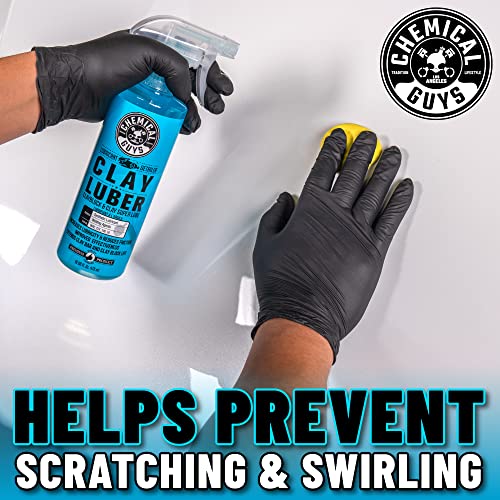
What Is a Clay Bar?
A clay bar is a product that’s used to lift and remove contaminants from your car. As you drive your car, pollutants and debris can get lodged in your car’s topcoat.
A typical wash and wax won’t do anything to remove these contaminants. Instead, you would need to use a clay bar to remove them.
The clay bar is very sticky and aggressive. It is used in junction with a specific lubricant to allow the bar to slide across your car, lifting contaminants along the way.
As the bar is used, the contaminants will become embedded in the clay. To avoid damage, you’ll need to continually knead and fold the bar over itself. Every time you do this, you’re forcing the contaminants to the center of the bar while you keep the outsides clean and ready to pick up more.
How Do Scratches Occur?
In general, a scratch happens when a harder part rubs against a softer part. You can scratch soft skin with a hard fingernail, or you can use hard keys against the soft layer of topcoat on your car.
That’s exactly what’s happening here. Your topcoat is very sensitive and soft — after all, it’s just a layer of lacquer. It does a good job of absorbing little impacts in order to preserve the undercoat of paint, but it isn’t good at preventing scratches altogether.
Whenever a tough object is rubbed against your topcoat, the topcoat runs the risk of getting marred.
In the case of getting marred from clay barring, it’s not the clay’s fault. In fact, the clay is way softer than the topcoat. It’s actually the contaminants inside of the clay bar that are doing the damage.
Within the clay bar, you could be dealing with particles like metals which are notoriously hard.

Helpful Links
Conclusion
Using a clay bar shouldn’t be avoided just because it could potentially result in marring. Remember, that only happens if you don’t use the clay bar correctly.
Keep our tips in mind next time you clay, and you’ll get great results. For more tips and guides, check out the rest of our blog.
We have plenty of DIY detailing information to help you get the best results.
